Amidst the years of fierce bombing, no one could have imagined that there was a Vinh Moc tunnel – a world of living and fighting in the ground, completely isolated from the outside world. Vinh Moc Tunnels is a cultural and historical relic with great historical and educational values, a symbol of the undying patriotism, unyielding will and creativity of his father during the resistance years. war. Visiting Vinh Moc tunnels, visitors will feel the arduous endurance, incessant creativity and brave fighting spirit of Quang Tri’s army and people during the war years.
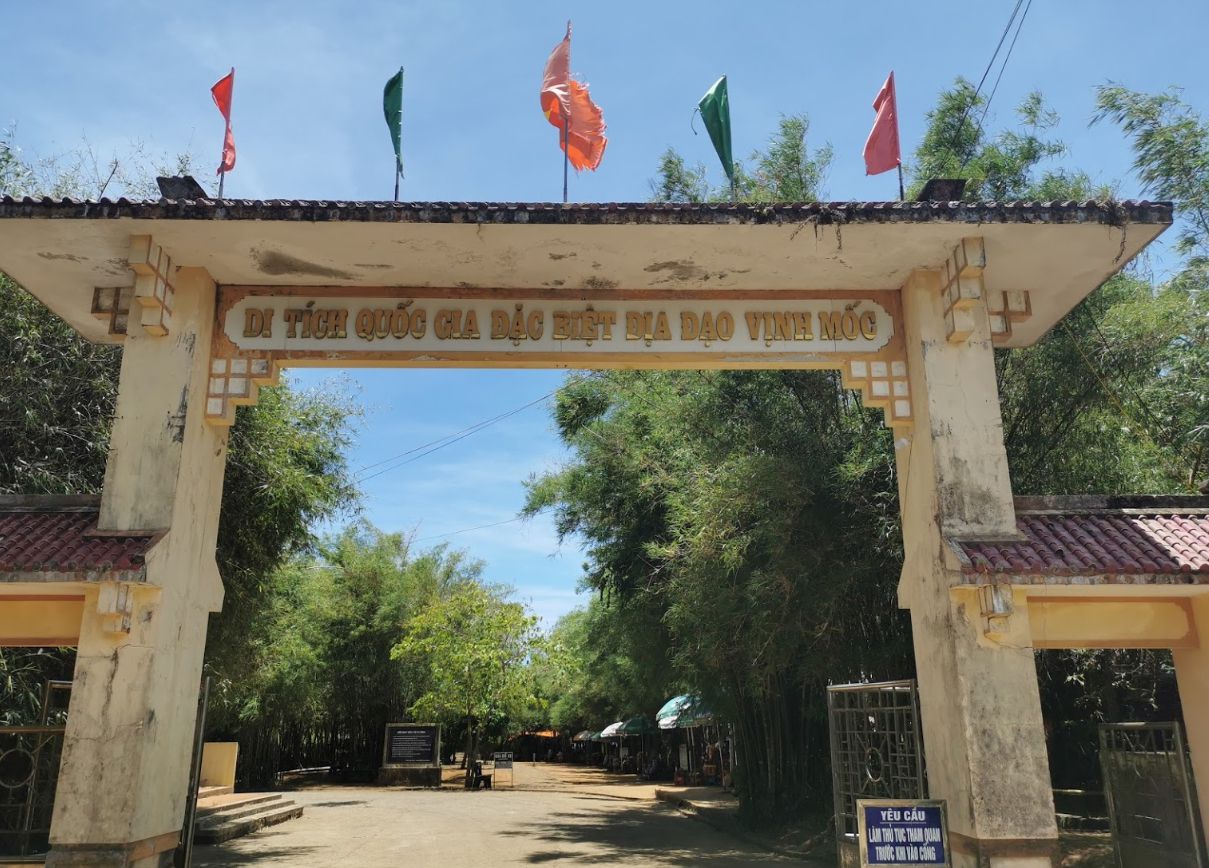
Gateway to Vinh Moc Tunnels
Vinh Moc Tunnels is located in Vinh Moc village, Vinh Thach commune, Vinh Linh district, Quang Tri province, 7 km north of Cua Tung beach. From Dong Ha city, it takes about 1 hour by motorbike along National Highway 1A to the North and then turn to a small branch of the road down to the sea to reach Vinh Moc tunnels. On the road lined with green bamboo, perhaps few people know that right below their feet is a system of tunnels, an underground “world” of Vinh Linh army and people during the years of resistance since 1965. to 1972.

The road is lined with green bamboo
In 1965, before the destruction of the US air force and artillery, Vinh Moc countryside was completely destroyed. With the will “an inch does not go, a glass does not leave. Each village and commune is a fortress”, Vinh Linh’s army and people have silently moved their lives from the ground to the underground. Vinh Moc Tunnels is one of 114 large and small tunnels dug throughout Vinh Linh district. These 114 tunnels have a total length of nearly 42km. Among the many revolutionary bases in the “fire land” of Quang Tri, the Vinh Moc tunnel village system is the most typical work of the will to persevere, not to give up before the invading enemy of his father.
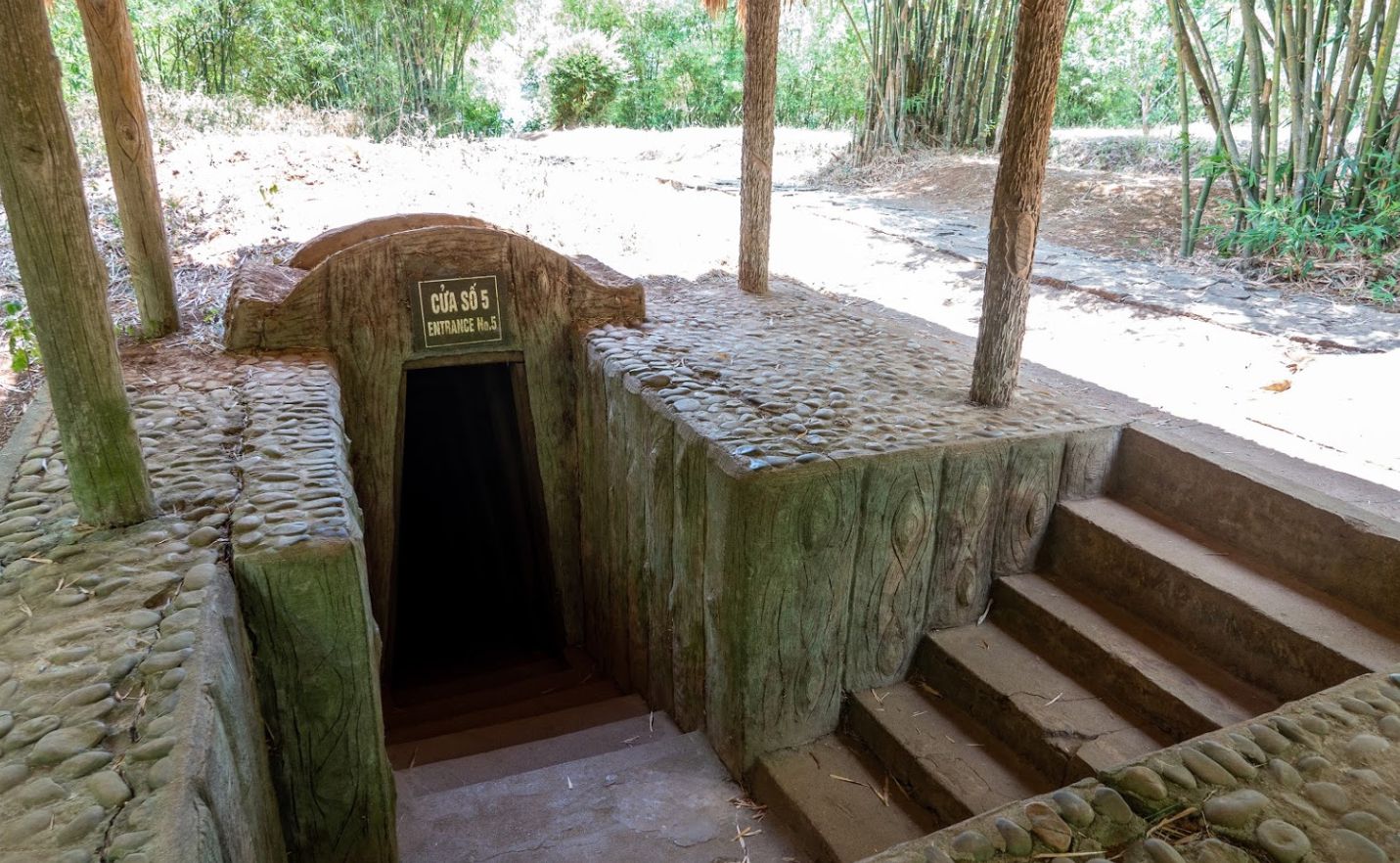
Door No. 5
The project started in early 1965 and was completed on February 18, 1966, located in the heart of a red basalt hill running close to the sea’s edge. The special thing is that the commander of this project (engineer) at that time his education had just finished primary school. (Currently, he is a former lieutenant colonel living in Dong Ha city and is blind due to his wounds in the war.

Door No. 03
The entire tunnel system has a dome-shaped structure with a size of 0.9mx 1.75m, 2,034m long, including many branches connecting with each other through a main axis of 870m long. The tunnel has 13 doors, of which 6 are connected to the hill, 7 are facing the sea and 3 are vent wells. Moreover, the hatches have wooden columns to prevent collapse and landslides, discreetly camouflaged, inclined to the wind direction, ensuring ventilation.

Door No. 13
The ground of Vinh Moc tunnels tunnel is dug 5m higher than sea level, inclined from 8 to 120 degrees from South to North, from West to East so that water can easily drain, not stagnate in the tunnels, all living Activities are still going on normally even in the rainy season. Thanks to that, the clay in the tunnel became harder and harder, making the Vinh Moc tunnel structure still exist almost intact to this day.
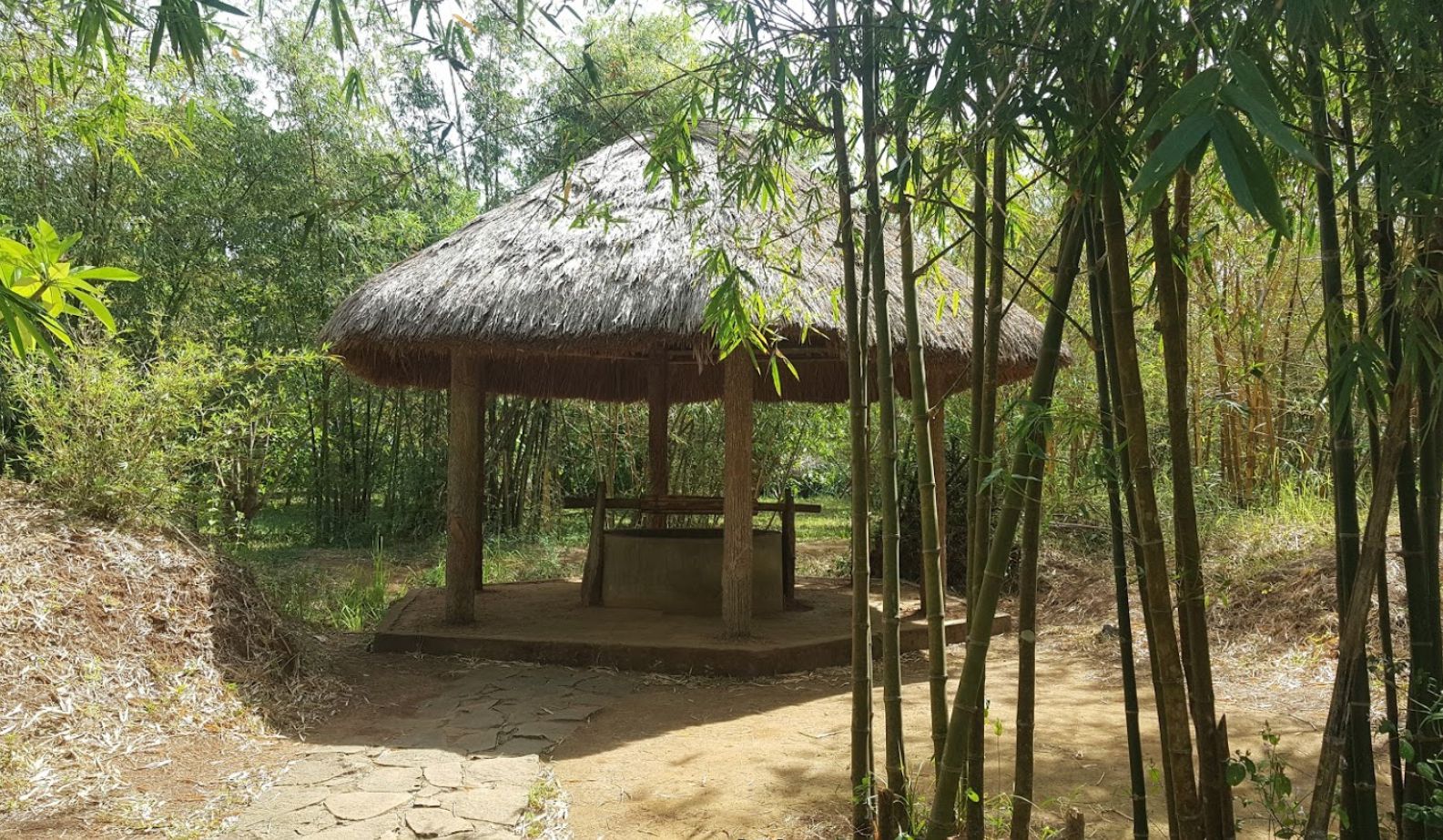
Ventilation well
Stepping into the tunnels is a cool feeling. The ventilation and cooling system makes visitors surprised. It is the factor that ensures absolute safety of ventilation and ventilation, ensuring that hundreds of people live and fight in the tunnels is the most important factor of the tunnels.
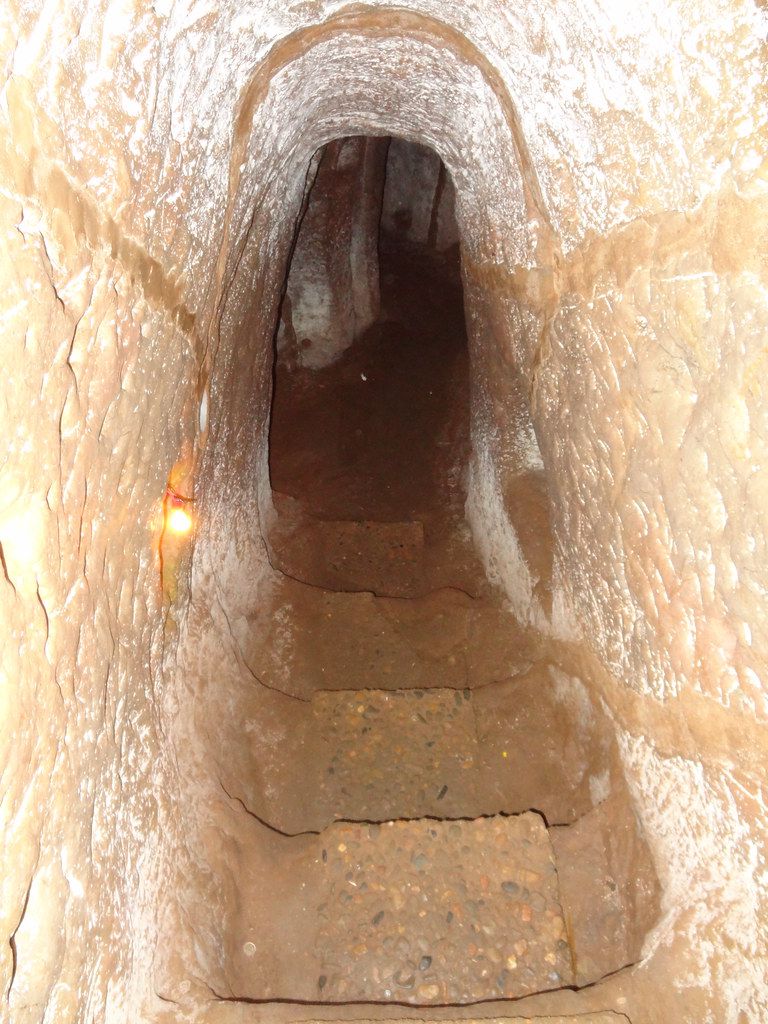
The road in the tunnel
Going deep into the tunnels, under the bright enough lights, visitors can clearly see the red earth color of the legendary land as well as the precise and scientific distribution for each location, place and activities in the area. religion.
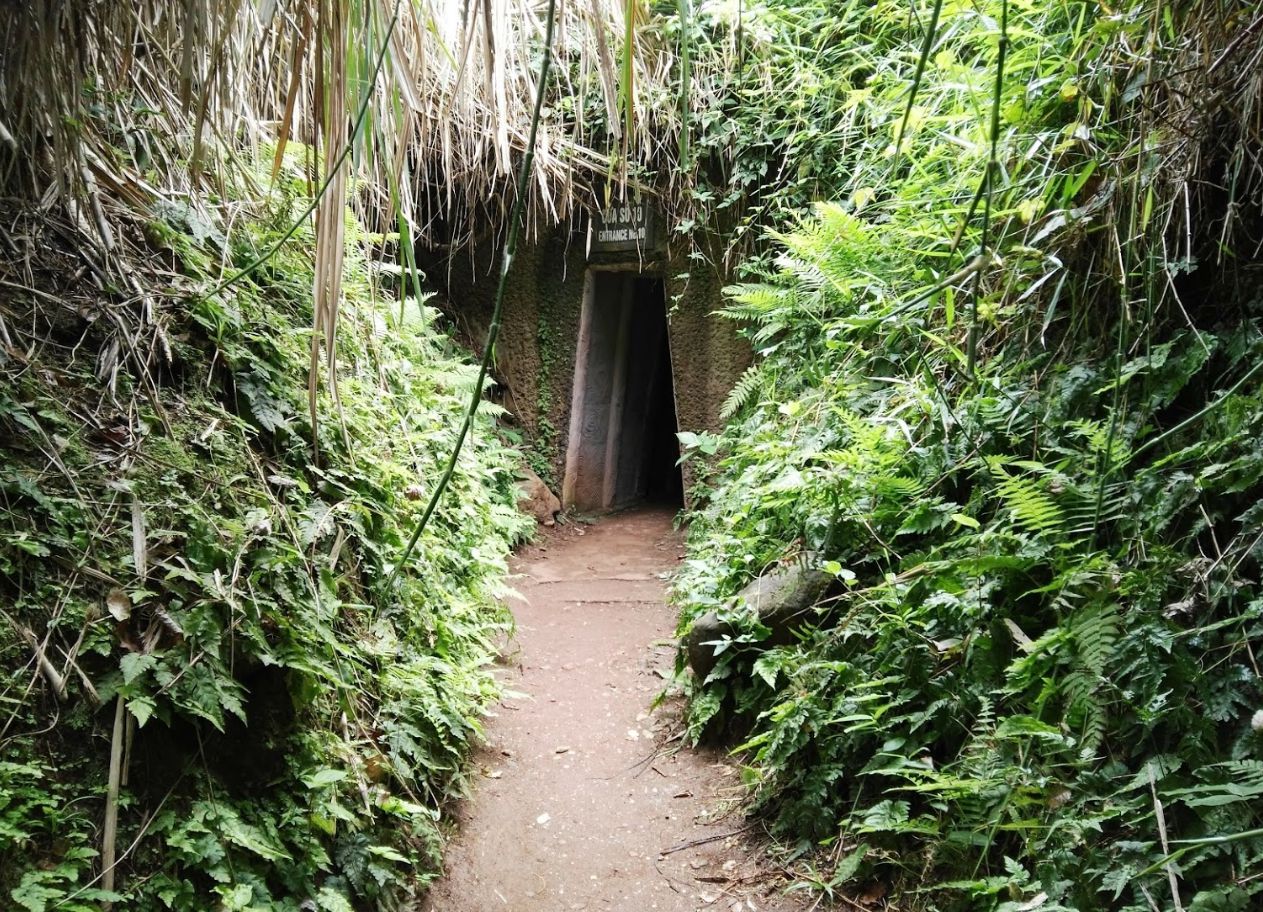
Door No. 10
This is not only a simple battle tunnel village like other works, but also an underground living space of soldiers and locals. They turned the ground into solid fortresses with three interconnected floors. The first floor is 8-10m deep, used for maneuvering combat and shelter. The second floor, 12 to 15 meters above the ground, is where the villagers live. The third floor is more than 23m deep, used as a warehouse for food and weapons for Con Co island as well as for fighting for Vinh Moc tunnels and soldiers.

Family apartment
It can be said that Vinh Moc tunnels is an underground village with works such as domestic water wells, rice storage, Hoang Cam kitchen, guard station, telephone station, infirmary, operating room, house. midwifery, bathroom…
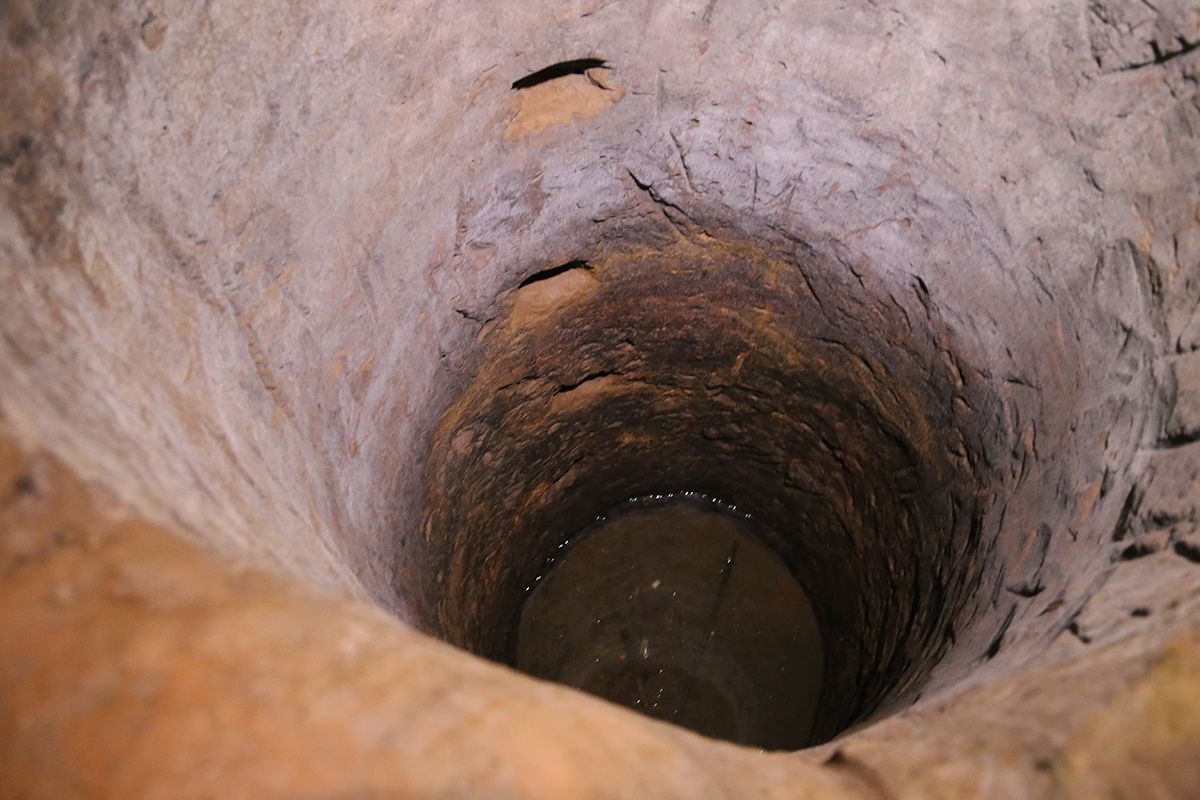
Domestic water well
In particular, along both sides of the tunnel, 1.8m deep and 0.8m wide are cut into small cells, which are rooms for households of 3-4 people who can live. Inside the tunnel there is also a hall used as a meeting place, cultural performance, movie screening with a capacity of more than 50 people.

Maternity homes
Vinh Moc Tunnels is considered a typical work of Vinh Linh tunnel village system. The tunnels are started from the wells, then radiate out into the tunnels. Tunnels often run zigzag, in a Z shape to create solid bends, using the earth wall itself to block the path of bombs if dropped.
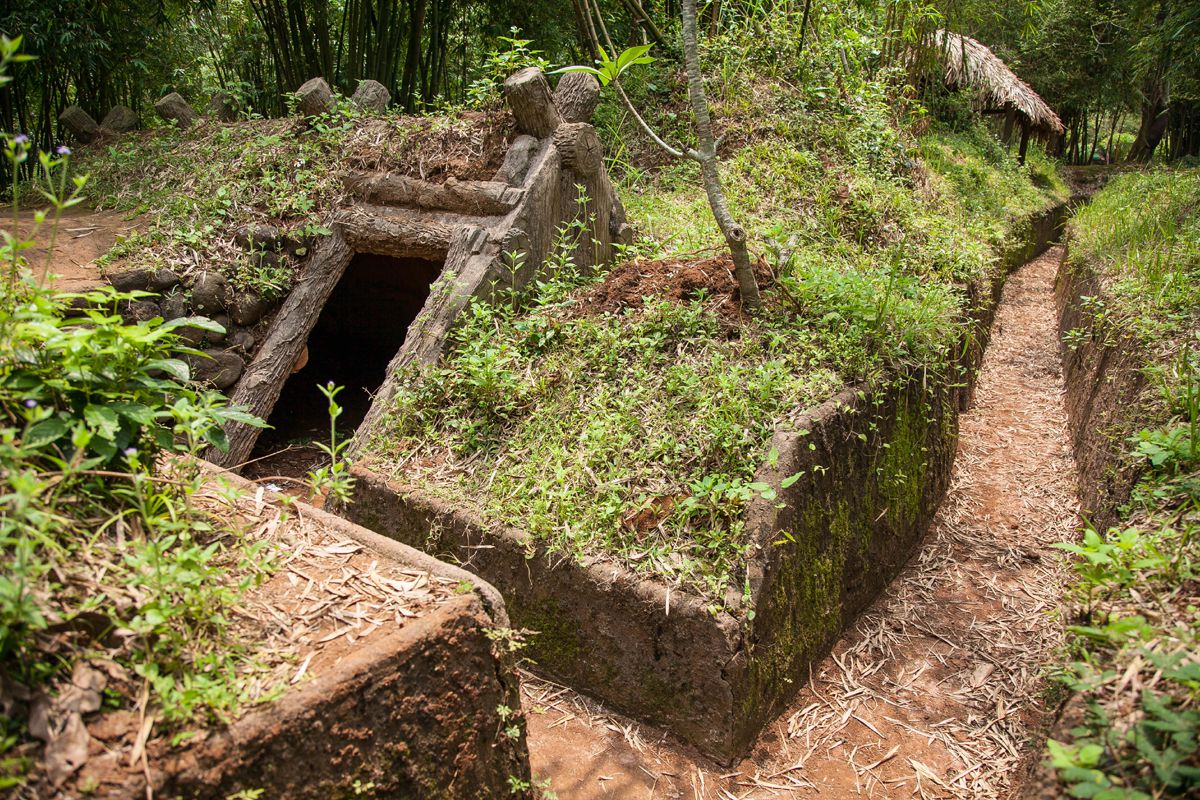
The A-shaped bunker
In nearly 2,000 days and nights of existence, no one was injured in the tunnels and 17 babies were born, enough to show the value and meaning of Vinh Moc tunnels, and at the same time is a miraculous story about the land of the deceased. the land and the people here.
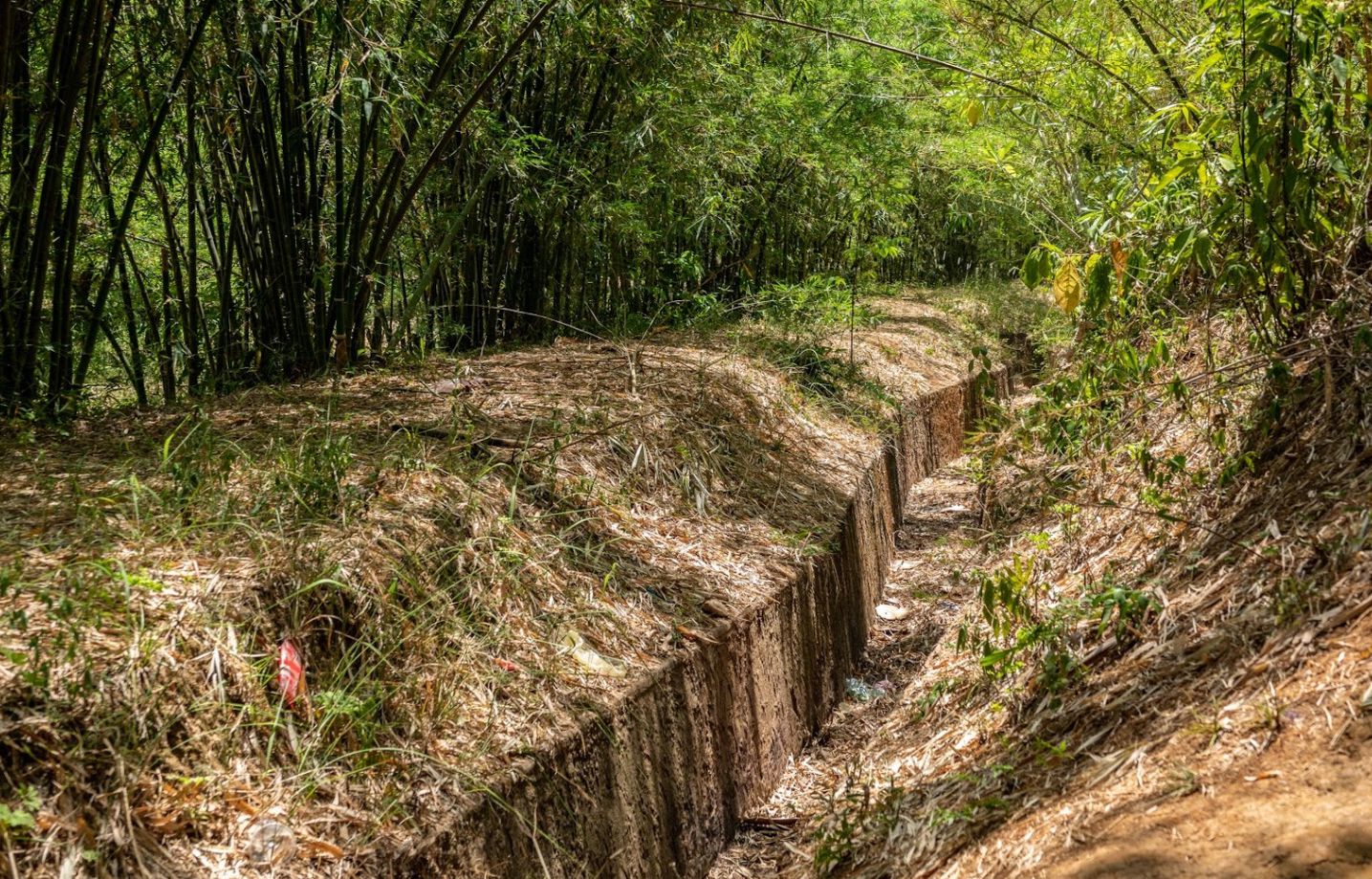
Traffic trenches in Vinh Moc tunnels
Especially during this time, Vinh Moc troops and people did not only use the tunnels as shelters and avoid bombs; but also organize the assessment right in the homeland, to treat the wounded and sick soldiers. In particular, hundreds of suicide boats from Vinh Moc have headed to the sea to provide aid to Con Co island.

The road to the sea

From here to support Con Co island.
With those great historical values, in 1976, the Ministry of Culture and Information (now the Ministry of Culture, Sports and Tourism) specially recognized the Vinh Moc tunnel site as a historical and cultural relic. national level. In 2014, Vinh Moc Tunnels relic continued to be recognized as a special national relic.
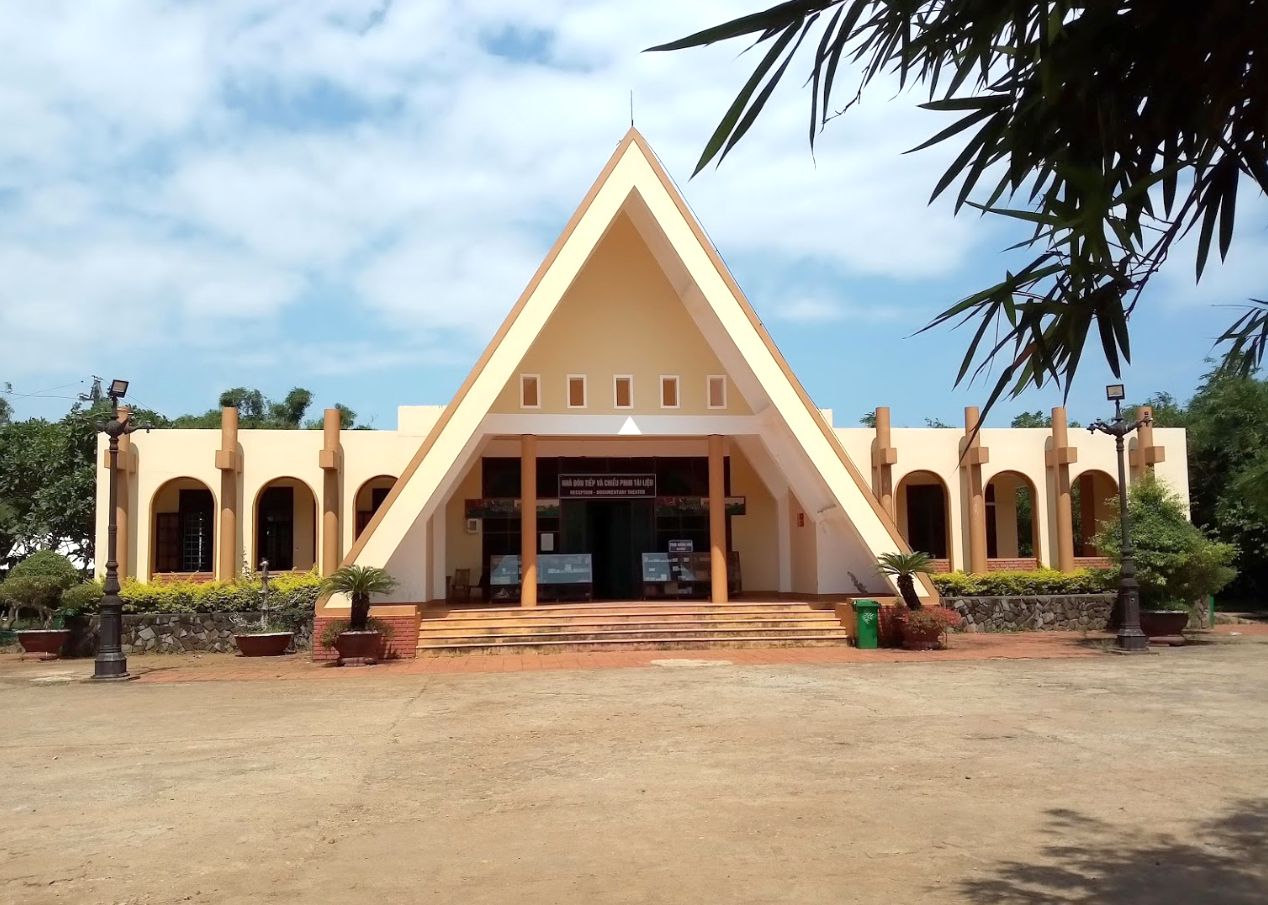
Exhibitors
This is one of the attractive destinations of the Quang Tri DMZ (demilitarized zone) tourist route and attracts many tourists to visit and learn.

The famous painting To Be Or Not To Be
On the site of the relic site, there is also the Vinh Moc Tunnels Museum, which displays war remnants, especially the famous painting To Be Or Not To Be.

Remnant bombs and bullets
Vinh Moc Tunnels – an extremely unique work during the anti-American war and national salvation – has become a place of lively patriotic tradition education for young generations, an interesting, attractive and unique tourist destination for young people. visitor.

Bomb crater
Although they have heard a lot about the miracle of this tunnel, it is only when visiting and exploring the tunnels that visitors can understand the hard life and steadfast heart of Vinh Moc army and people over the years. month of resistance against invaders, gaining independence and freedom for the country. In the Quang Tri travel journey, returning to Vinh Moc today, visitors can feel the hot breath of the old war, thereby increasing their love for their homeland.
Source: Collected internet.